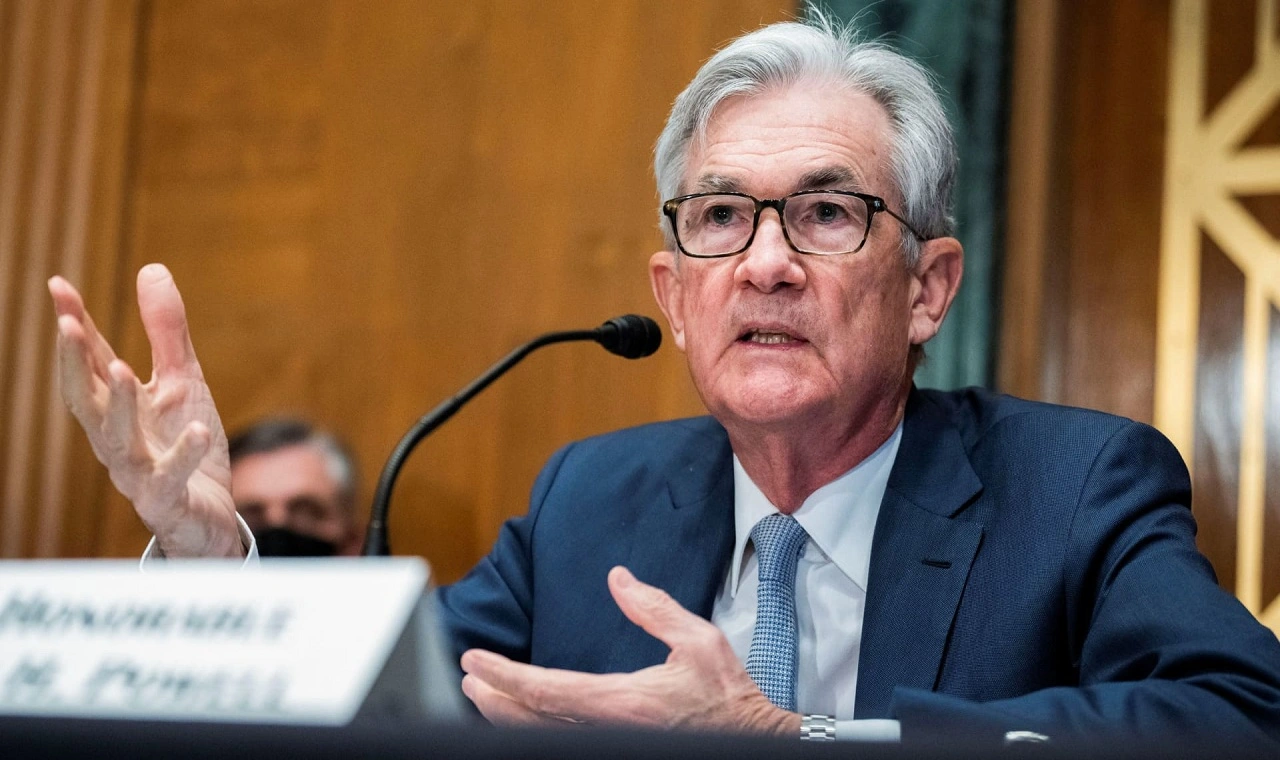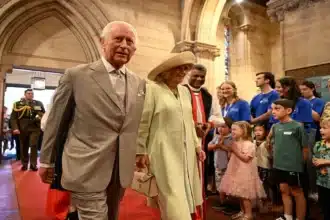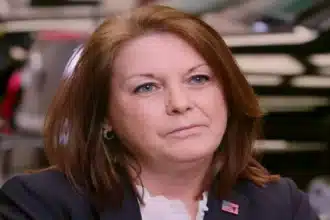Federal Reserve Chair Jerome Powell, in his recent appearances before Congress, articulated a measured and data-driven stance on the future of U.S. monetary policy, emphasizing the need for caution in adjusting interest rates amidst ongoing efforts to curb inflation. During his congressional testimony on Capitol Hill, Powell underscored the Federal Open Market Committee’s (FOMC) commitment to achieving a sustainable inflation rate of 2%, indicating that interest rates are likely at their zenith for the current tightening cycle, though no specific timeline for rate reductions was provided.
Also Read- The Long Journey Towards an HIV Vaccine: Progress and Challenges
Powell’s prepared remarks for the congressionally mandated sessions echoed the sentiments of the FOMC’s statement from its latest meeting, which concluded on January 31. He stressed the importance of not prematurely easing policy measures, to avoid undermining the progress made in the fight against inflation. “In considering any adjustments to the target range for the policy rate, we will carefully assess the incoming data, the evolving outlook, and the balance of risks,” Powell stated, mirroring the committee’s cautious tone on monetary policy adjustments.
The Federal Reserve, under Powell’s leadership, has embarked on a rigorous campaign of interest rate hikes, initiating 11 increases totaling 5.25 percentage points from March 2022 to July 2023, in a bid to temper inflation. Despite market expectations for a swift and aggressive easing of policy, recent statements from Fed officials have tempered these forecasts, advocating a more guarded approach.
Powell acknowledged the uncertain economic outlook and the unguaranteed progression towards the 2% inflation target. He highlighted the dilemma faced by the Federal Reserve: lowering rates too hastily could jeopardize the fight against inflation, potentially necessitating further rate hikes, while overly delayed action could impede economic growth.
Market anticipation has adjusted in light of the Fed’s cautious stance, with futures pricing now suggesting the first rate cut could occur in June, envisioning four reductions this year that cumulatively amount to a full percentage point. This outlook is somewhat more optimistic than the Fed’s December projections, which anticipated three rate cuts.
Also Read- Caitlin Clark’s Historic Performance Draws Record Viewership for Women’s College Basketball
On a positive note, Powell recognized significant strides towards achieving the Fed’s dual mandate of inflation control and employment stability, citing a “substantial” easing of inflation and an improved balance in the risks associated with the Fed’s employment and inflation objectives. Inflation, as measured by the Fed’s preferred gauge, currently stands at an annual rate of 2.4%, or 2.8% when excluding food and energy prices, marking a notable deceleration from the previous year’s figures.
Powell’s testimony comes at a politically sensitive time, with the looming presidential election and past criticisms from figures such as former President Donald Trump and calls from some congressional Democrats, like Senator Elizabeth Warren, for the Fed to lower rates to alleviate financial pressures on lower-income families.
As Powell faces a broad spectrum of questions during his Capitol Hill engagements, the Federal Reserve’s efforts to navigate the intricate balance between curbing inflation and fostering economic growth, without succumbing to political pressures, remain at the forefront of U.S. monetary policy discussions.




